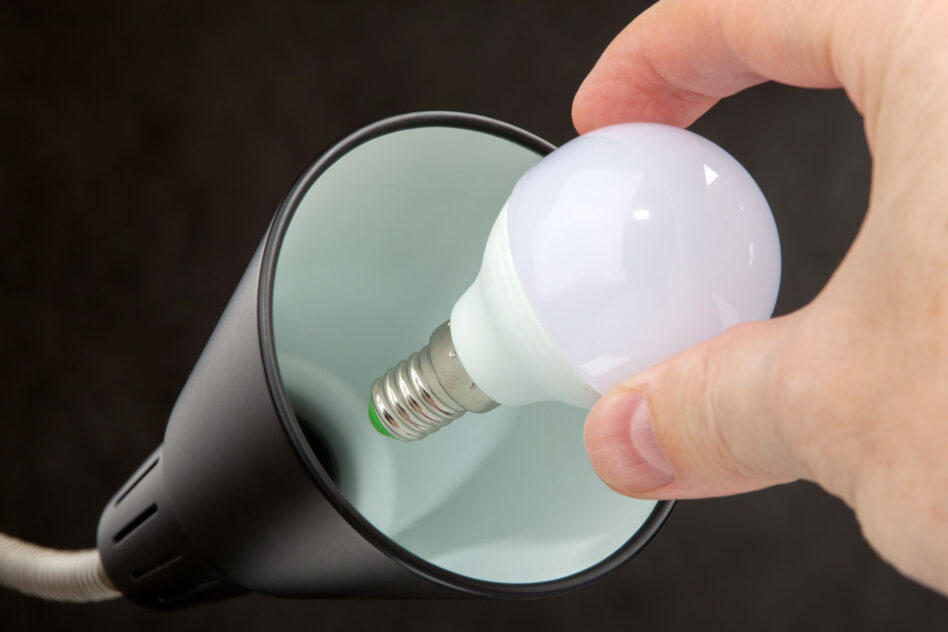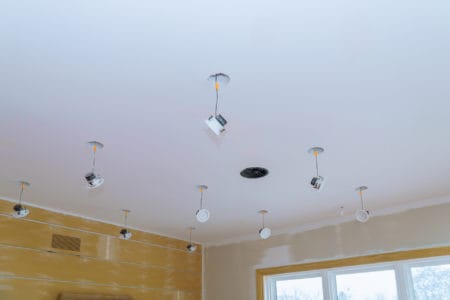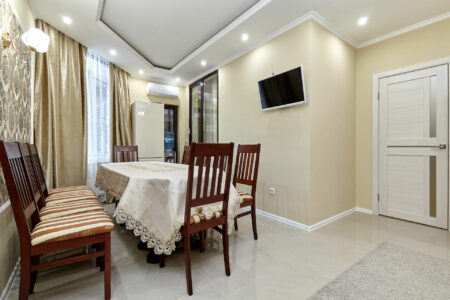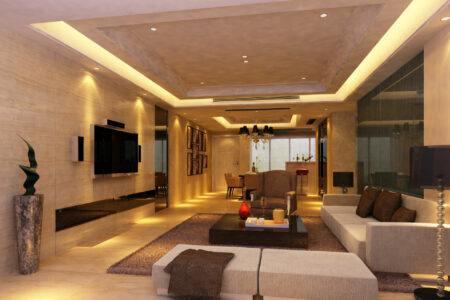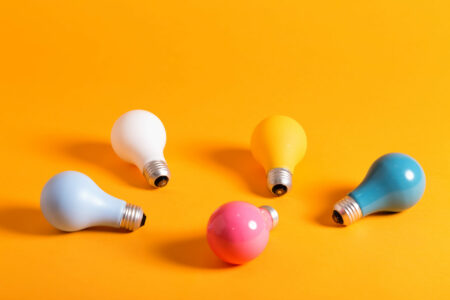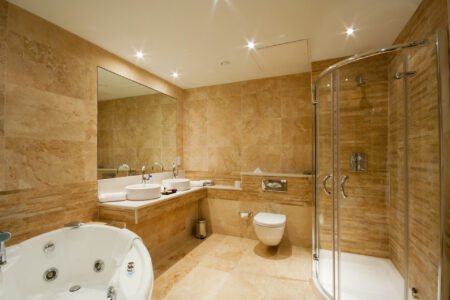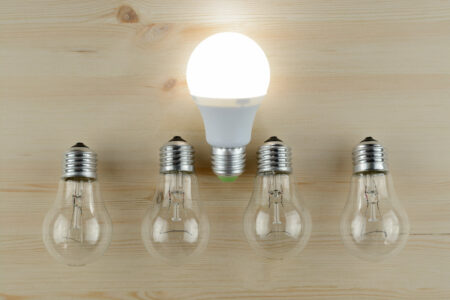LED lights have become very popular these days. Thanks to their low energy consumption they make you save money simply by replacing your old light bulbs. But LED lights are also quite heat-sensitive. This raises the concern if it’s a good idea to put LED bulbs in enclosed fixtures. Let’s find out if LEDs are good for this use-case.
LED Lighting Installation in Enclosed Fixtures
When installing LEDs in enclosed fixtures, it’s important to consider the heat buildup. LED bulbs generate heat as they operate. If that heat doesn’t dissipate, it can lead to a reduced lifespan and ineffective performance.
Here are some general guidelines to follow when installing LEDs in enclosed fixtures:
Check the Manufacturer’s Specifications
Check the manual to know if the LED bulb is fit for enclosed fixtures. Some LED bulbs are for use in enclosed fixtures, while others aren’t.
Check the Wattage
The wattage of the LED bulb shouldn’t exceed the maximum wattage rating of the enclosed fixture. If it does, it may generate too much heat and reduce the bulb’s shelf life.
Consider Ventilation
Ensure the enclosed fixture has ventilation to diffuse any heat produced by the LED bulb. If there’s insufficient ventilation, use a lower-wattage bulb.
Consider the Environment
If the enclosed fixture is in a humid environment, it’ll be hard to dissipate the heat generated by the LED bulb. In these cases, use a bulb designed for enclosed fixtures or an LED bulb with a lower wattage.
When installing LED lights in enclosed fixtures, make sure it fits the environment. On top of that, ensure that it doesn’t exceed the fixture’s max wattage rating. Additionally, check that there’s ventilation to diffuse any bulb-generated heat.
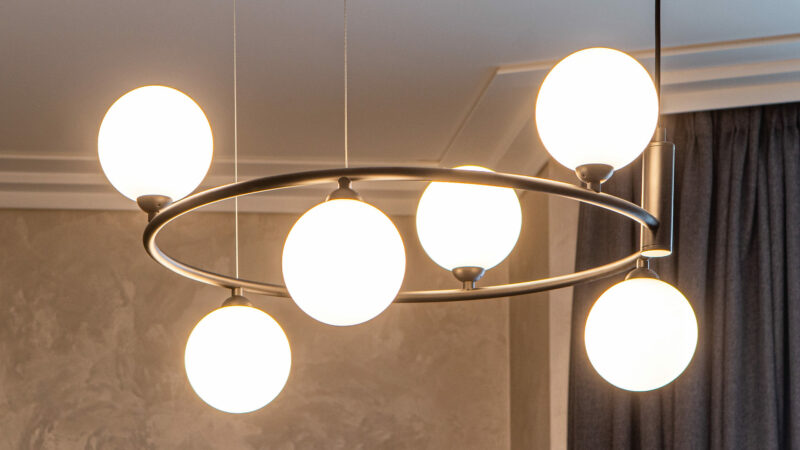
Is It Okay To Use LED Lights in Enclosed Fixtures?
The key point to remember is that LED lights work totally different than incandescent bulbs. LED bulbs generate light through a process known as electroluminescence. A material glows with visible light when an electric current passes through it. In contrast, incandescent bulbs use a tungsten filament that heats and lights up.
For LED bulbs to last long and operate efficiently, they should not exceed a certain ambient temperature. If you put the bulb in an enclosed fixture the heat could not dissipate into the environment and starts to build up. As a result the lifespan could be reduced or the bulb even could be damaged quickly.
It’s also worth noting that some LED bulbs are for general lighting. Whereas, others are for specific uses, like recessed lighting or task lighting. Hence, select an LED bulb that’s appropriate for your usage.
So, yes! In general you can use LED bulbs in enclosed fixtures! As long as they have a low wattage or are marked for their special use in enclosed fixtures.
What Exactly Is an Enclosed Fixture?
An enclosed fixture is a lighting fixture that has a cover that encases the light source. These fixtures are to protect the light bulb or LED from damage. They also prevent dust, dirt, and other debris from accumulating on the bulb.
When selecting LED, choose one that’s appropriate for your application. Some LEDs aren’t for enclosed fixtures because they may generate too much heat. When it happens, it’ll cause the bulb to fail prematurely or in worse-case create a fire hazard.
When selecting LEDs for enclosed fixtures, always refer to the manufacturer’s manual beforehand. Additionally, ask a professional to make sure you’re using the right lighting products.
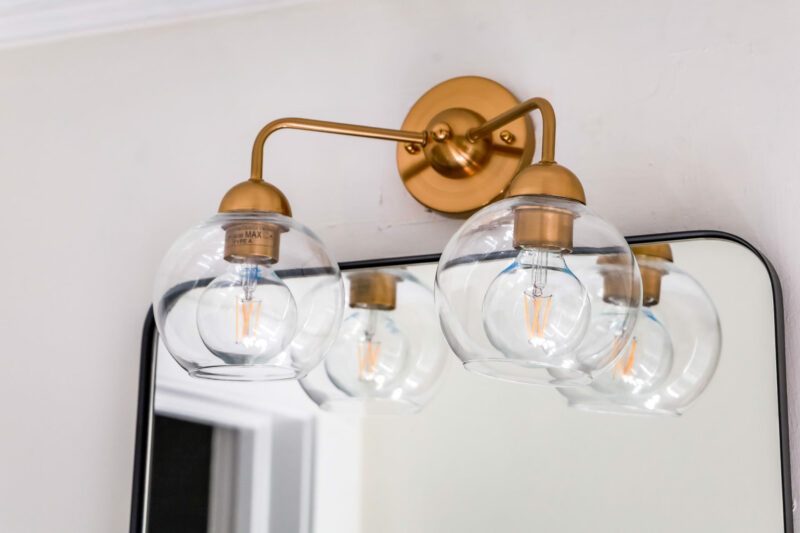
Why Is It Not Advisable to Use Regular LED Light Bulbs in Enclosed Fixtures?
Enclosed fixtures are useful for a variety of purposes. They can shield the bulb from dust and moisture or they can even be used as a design element. On the other side LED lights are heat sensitive.
Whilst the enclosed fixture keeps the bad stuff out, it won’t enable the heat to escape, and heat and LED lights don’t mix well. On top of that, a regular LED light bulb requires letting the heat out to perform efficiently. This is the reason it’s best suited for open fixtures.
LED lights aren’t known to heat up as much as standard light bulbs, but they do heat up to some extent. That said, you can use standard LED bulbs in enclosed fixtures but it’s not recommended. Most LED bulbs are not built for this encasing.
If you do so, check for uncontrolled heat accumulation. Also be aware, that the LED light wouldn’t last as long as it should and that it’s efficiency may be reduced.
Are LED Lights in Enclosed Fixtures a Fire Risk?
If you’re using LED bulbs from well-known manufacturers, they should have some built-in protections against uncontrolled overheating. Unless there’s an actual source of burning nearby, the LEDs won’t catch fire that easily.
However, as everything emits some level of heat, it’s critical to have plenty of ventilation in your home. Because air cannot flow in enclosed fixtures, the light bulb becomes hotter over time.
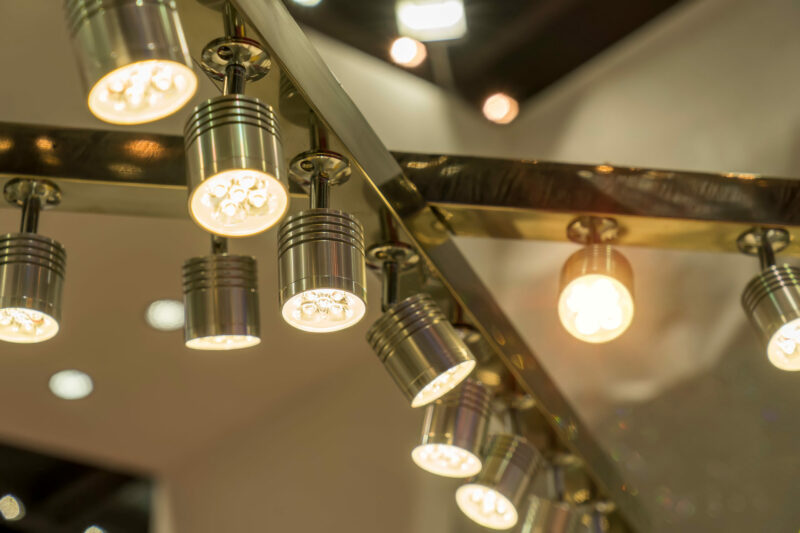
How Can The Risks Be Avoided When Using LED Lights?
The best option is to buy LED bulbs which are enclosed fixture rated.
Using your enclosed LED bulbs only occasionally will also limit the risk of overheating or burning out quickly.
Installing a dimmer with your LED lights can ease concerns about overheating. The dimming will result in a lower power usage and decrease heat accumulation.
FAQs
How Do I Know if a LED Light Bulb Is for Enclosed Fixtures?
Check the packaging or the manufacturer’s specifications. See if it says the LED bulb is appropriate to use in enclosed fixtures. Look for phrases such as “Suitable for use in enclosed fixtures”.
Can I Use a Dimmer Switch With LED Bulbs in Enclosed Fixtures?
Yes, you can use a dimmer switch with LED bulbs in enclosed fixtures. However, it’s important to check the packaging or the manufacturer’s specifications. Make sure that the LED bulb you plan to use is dimmable.
How Can I Improve the Ventilation of an Enclosed Fixture to Prevent Overheating of the Led Bulb?
Ensure that no obstructions are blocking the air vents. You can also use a fixture with larger openings or slots to allow for better airflow. Additionally, you can install a ventilation fan to dissipate the heat from the LED bulb.
What Should I Do if a LED Bulb in an Enclosed Fixture Fails or Overheats?
Immediately turn off the fixture and allow it to cool down before attempting to replace the bulb. Moreover, you should consult the manufacturer’s specifications. It’s to ensure that you’re using the appropriate LED bulb for the fixture and the intended use.
